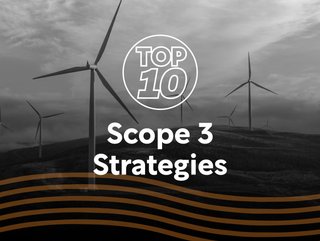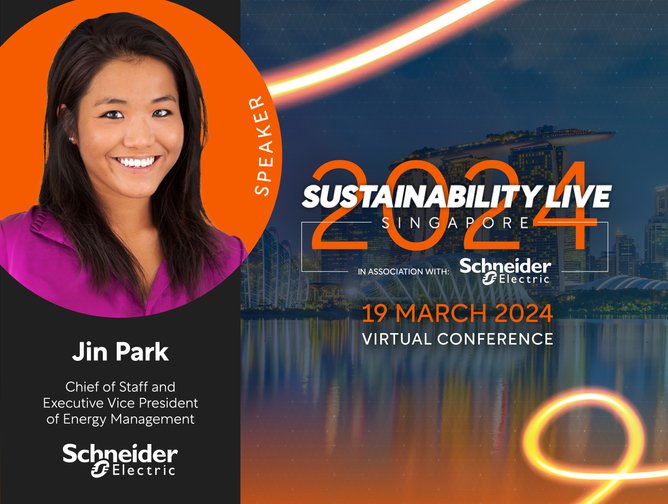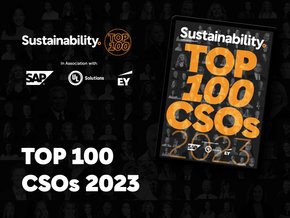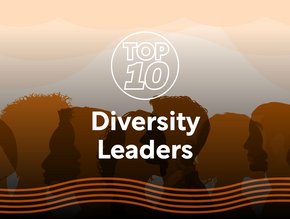Top 10: Scope 3 Strategies

Scope 3 emissions are the result of activities from assets not owned or controlled by the reporting organisation, but that the organisation indirectly affects in its value chain, as defined by the US Environmental Protection Agency.
So surely Scope 3 emissions are the toughest to reduce? We explore some of the top strategies for tackling Scope 3 emissions.
Contribute to the emergence of alternative value chains
Leading by example is key in sustainability. By making sustainable decisions, a market signal is sent down the chain to support sustainable business, and in developing low-emission processes companies can support other organisations in cutting their emissions.
Reduce life cycle emissions
By redesigning and producing products and services with reduced life cycle emissions in mind, companies – as well as the environment – can see multiple benefits. As consumers are increasingly conscious of the life cycle of products and services, sales are driven by climate transparency. Pair this with lower-emission products often being cheaper produce, and it seems a no brainer in reducing Scope 3 emissions.
Promote, support and facilitate the circular economy
Reusing, repairing, refurbishing, repurposing, recycling – developing circularity. McKinsey reports that implementing circular economy practices could boost Europe’s resource productivity by 3% by 2030 and generate up to £522 bn a year in savings. It also helps to support business resiliency, job creation, and economic growth, alongside environmental benefits like reducing waste and GHG emissions.
Require suppliers to commit to net zero targets
Having strict requirements for suppliers allows organisations to use spending power, no matter how big or small, to enforce sustainability strategy and reduce Scope 3 emissions. For example, NHS England factors emissions into its procurement choices, thus actively aligning suppliers with its net zero ambitions. Supermarket giant Tesco has committed to a net zero supply chain by 2050 and is supporting all suppliers to set out their own net zero targets.
Prioritise suppliers based on their climate strategy, past performance and transparency of emission data
Lack of transparency continues to cause issues across the board, leaving stakeholders, partners and clients in confusion – let alone sustainability teams trying to develop and maintain strategy. This is particularly important in Scope 3 emissions, where clear data from along the supply chain is crucial to accuracy. A 2022 Accenture report found that “Scope 3 emission hot spots” are particularly likely to happen in the downstream supply chain in connection with sourcing raw materials. This is another opportunity for companies to use their financial power for sustainability.
Collaborate with other organisations and industry partners
Working with other organisations, industry partners and a company’s wider value chain to strengthen and align procurement and purchase requirements can exponentially improve sustainability strategy. Scope 3 emissions are a byproduct of partnerships – collaborating towards the solution seems to be the natural path.
Accelerate the adoption of clean energy
Another opportunity to collaborate with the wider value chain here. Energy accounts for more than two-thirds of the world’s greenhouse gas emissions, thus decarbonisation of the world’s energy supply is crucial in reaching net zero. Purchased energy comes under Scope 2, but impacting a supplier’s energy use can impact Scope 3 emissions. Positive impacts could be through taking out a corporate power purchase agreement (CPPA), investing in generation assets or signing a new supplier contract. Best practice for both Scope 2 and Scope 3 means researching how your choices will impact the development of new renewables infrastructure.
Invest in GHG emissions reduction and removals projects
It is widely accepted that a lot of damage has already been done, so whilst reducing further emissions is crucial, working to reduce and remove existing emissions is also key. This could include supporting technological developments that absorb emissions like Microsoft, which is investing in a mix of technologies from biochar to less proven technologies like direct air capture.
Align financial investments with climate strategy
By ensuring financial investments, including assets and pension funds, are aligned with sustainability strategy and commitments, organisations can reduce Scope 3 emissions through greener investment choices. New rules – such as the TCFD reporting requirements and the Sustainability Disclosure Requirements – make it mandatory for larger businesses to be transparent about their climate impact, and its increasingly clear that financial allocation is a key driver for lower emissions.
Low – or no – carbon travel
By reducing the need for employee travel, or utilising urban planning and hybrid working technology to eliminate the need to travel, Scope 3 emissions can be slashed. This method is both incredibly easy to track, and easy to manage as it is somewhat internal. Additionally, there are multiple business benefits of active travel – employees who walk or cycle to work are more productive, while customers who cycle to the shops tend to spend more. Companies can support these schemes by providing incentives, bicycle parking, and engaging in local schemes.

Want to dive further into Scope 3 strategy? Sustainability LIVE Singapore on March 19th 2024 features Jin Park, Chief of Staff to EVP Energy Management at Schneider Electric in a fireside discussion titled Navigating Scope 3 Emissions: Insights from Schneider Electric.
******
Make sure you check out the latest edition of Sustainability Magazine and also sign up to our global conference series - Sustainability LIVE 2024
******
Sustainability Magazine is a BizClik brand
******






